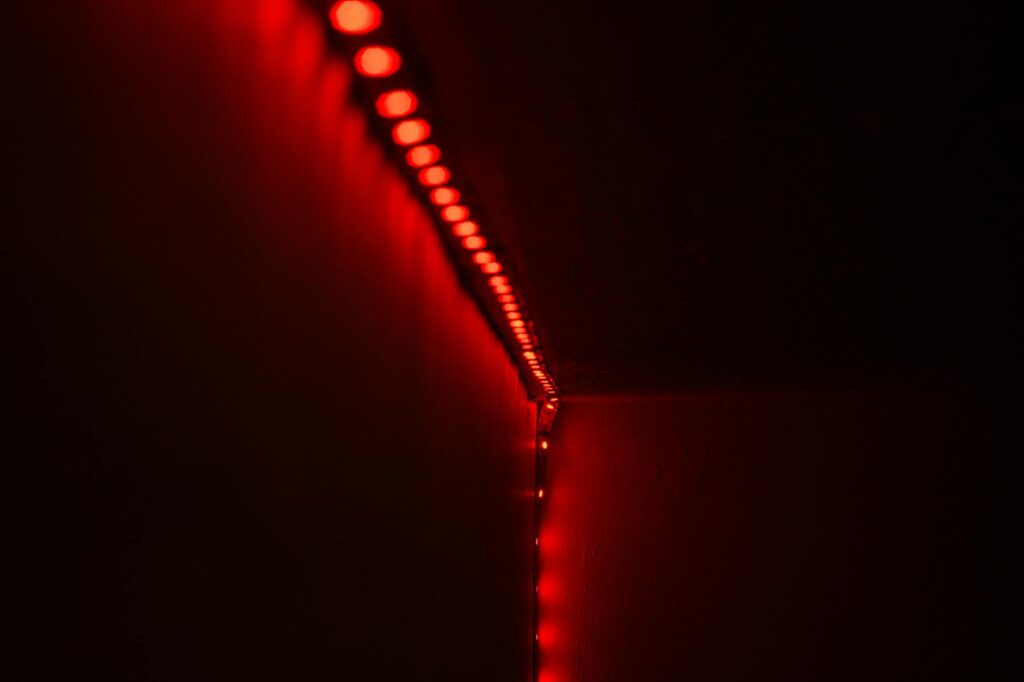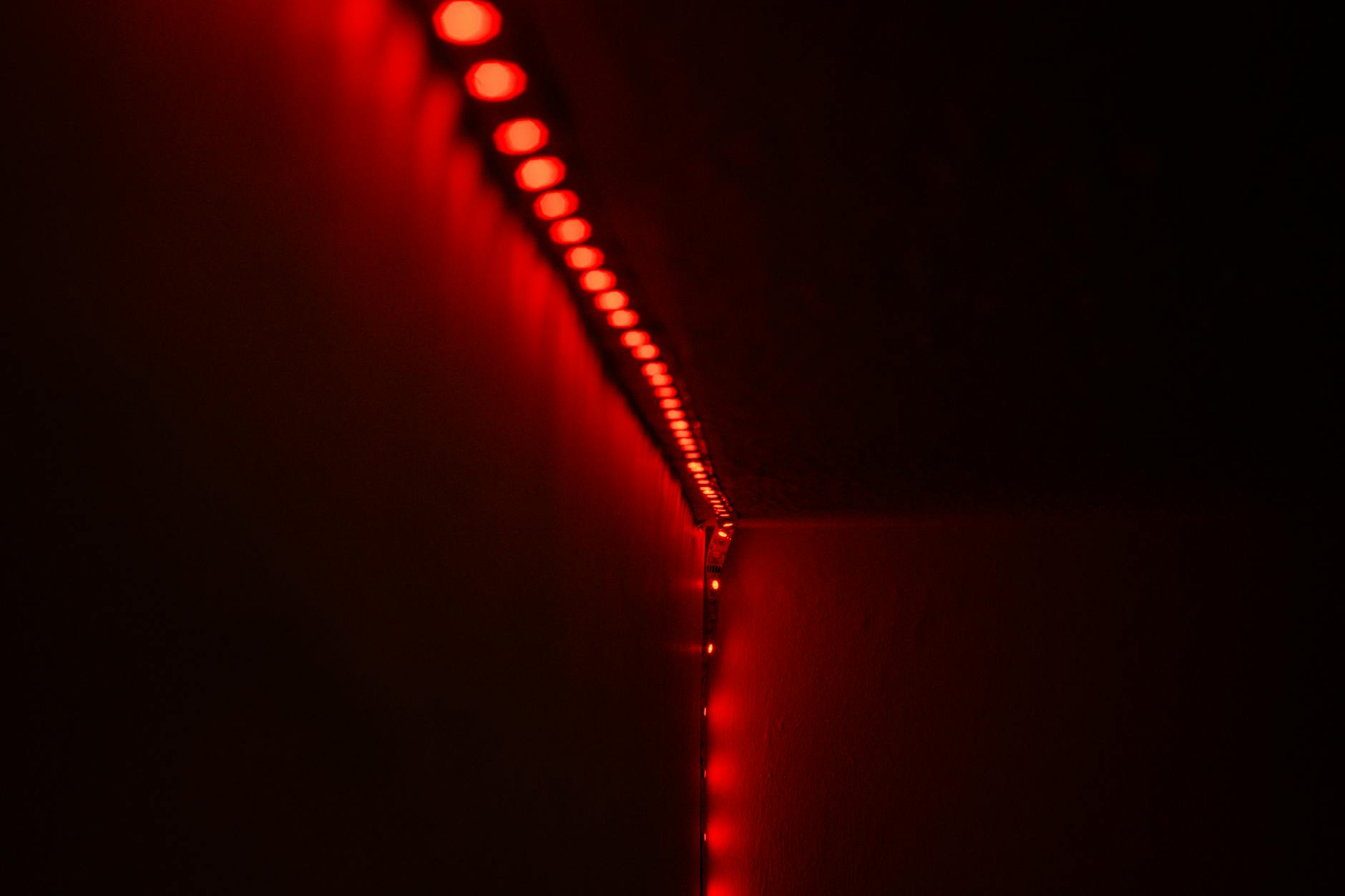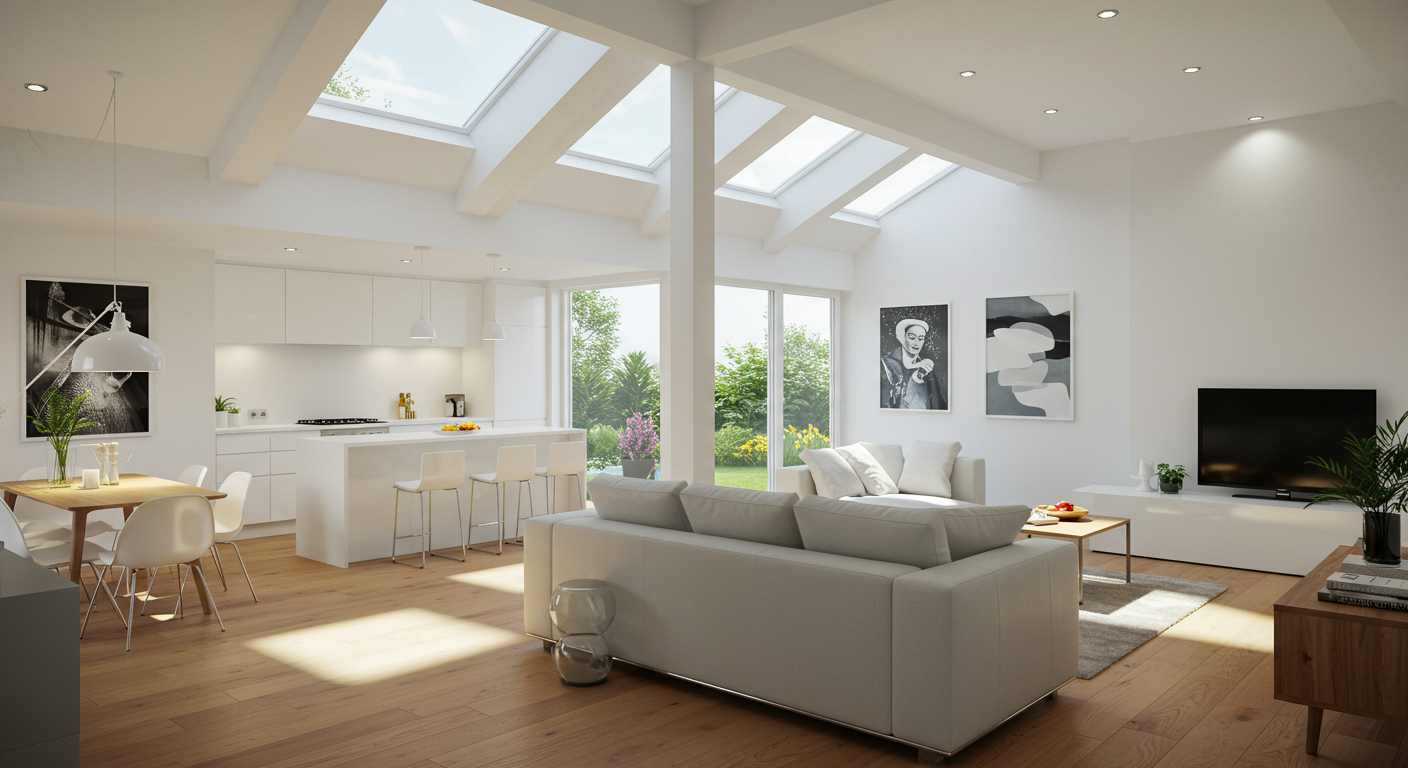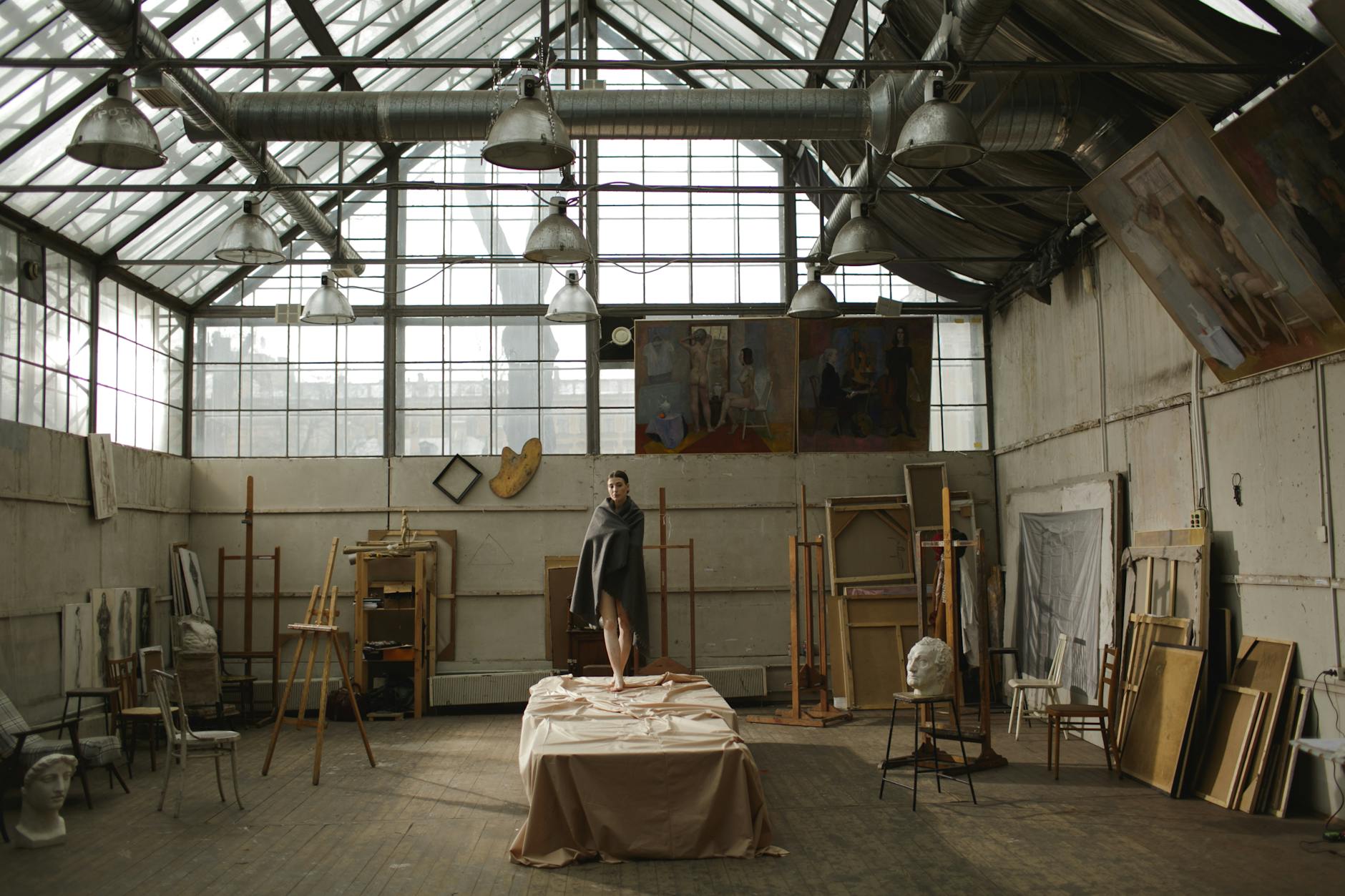Transforming a lackluster room into a dazzling space can be as simple as adding the right lighting. LED strip lights offer an affordable, versatile, and impactful way to immediately change the ambiance and mood of any area. In this post, we’ll explore how these dynamic lights can convert your drab spaces into fabulous ones, with practical tips and creative ideas to get you started.
The Magic of LED Strip Lights
LED strip lights are more than just illumination; they are a dynamic design element that can create atmosphere, define space, and personalize any room. With a variety of colors, brightness levels, and the ability to control them via remote or smartphone, the possibilities are endless.

Instant Mood Setter
The power to change the atmosphere of a room with the click of a button is a powerful tool. Whether you’re hosting a party, looking for a calming oasis, or creating a productive workspace, LED strips can set the mood. Combine colors and dimming capabilities to achieve the perfect ambiance for any occasion.
Highlight Architectural Features
LED strip lights can be used to accentuate architectural details, creating depth and highlighting the unique aspects of your space. Strategically placed lights can draw attention to alcoves, ceiling beams, or even wall art, adding drama and interest.

Revamp Your Furniture
Adding LED strip lights to the underside of furniture, behind monitors, or around artwork can redefine your space. This subtle addition can turn ordinary furniture into focal points, adding a modern flair to any room.
Outdoor Tranquility
Extend the magic of LED strip lights to your outdoor spaces. Illuminate pathways, decks, or patios to create an inviting evening ambiance. Waterproof options mean you can beautify your outdoor space without worrying about the weather.

Energy Efficiency
Beyond their aesthetic appeal, LED lights are incredibly energy-efficient. They consume less power, have a longer lifespan than traditional bulbs, and are eco-friendly, making them a smart choice for the conscious consumer.
Create Your Smart Home
With smart LED strips, integrate your lighting into your home automation system. This technology allows you to control lights with voice commands or schedule them to turn on/off, adjusting to your lifestyle and saving energy in the process.
Easy Installation
One of the best features of LED strip lights is their ease of installation. With adhesive backings and flexible strips, you can DIY your lighting project without the need for professional help, making it an accessible upgrade for everyone.
In conclusion, LED strip lights are a cost-effective, flexible, and dynamic tool for transforming any space. From setting the mood to highlighting your home’s best features, these lights can revitalize your environment, adding both function and form. Start experimenting with LED strip lights and watch your space go from drab to fab in no time.
Frequently Asked Questions
What are LED strip lights? LED strip lights consist of small light-emitting diodes placed on a strip, which can be fixed to most surfaces to add lighting effects.
Can LED strip lights be cut to fit specific areas? Yes, most LED strip lights can be cut at certain intervals, allowing for custom fitting to your desired space.
Are they hard to install? Not at all. LED strip lights are designed for easy DIY installation, thanks to their adhesive backing and flexibility.
How do I control LED strip lights? They can be controlled via a remote, a smartphone app, or integrated into a smart home system for voice and automation control.
Are LED strip lights energy-efficient? Yes, they are known for their energy efficiency, consuming less power than traditional lighting while offering long-lasting performance.





